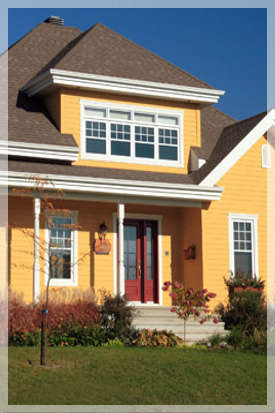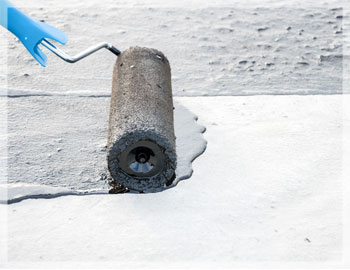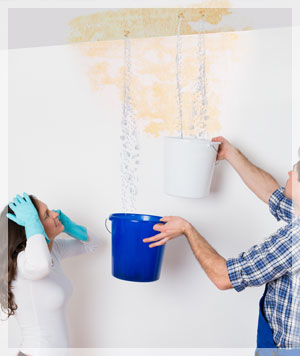Benefits of Commercial Waterproofing
 A company’s office building says a lot about the business. From the road, people likely pass your commercial property every day; the way it looks from the outside can have a direct impact on what potential customers think. If their first impression is negative due to an issue with water damage, it may be time to contact the professionals.
A company’s office building says a lot about the business. From the road, people likely pass your commercial property every day; the way it looks from the outside can have a direct impact on what potential customers think. If their first impression is negative due to an issue with water damage, it may be time to contact the professionals.
At M. Brett Painting Company, we specialize in waterproofing for commercial buildings. What are 4 benefits of enlisting this service sooner rather than later?
Spot Problems Early
Whether your building is older or newly constructed, it should be assessed for waterproofing. When our team comes to your commercial property to waterproof, they may find a pre-existing problem in the process. If detected early, small leaks and other minor structural damage can be properly repaired before further damage is caused.
Prevent Roof Damage
Water damage is one of the most expensive factors of roof repair. If your shingles are diminished by precipitation and excess moisture seeps inside, you could be paying for more than structural damage. Any furniture in your office or equipment in a storage could be irreparably damaged, on top of your leaking roof.

 Your home is one of the most valuable investments you’ll ever make. Keep it protected from the New England elements with professional waterproofing!
Your home is one of the most valuable investments you’ll ever make. Keep it protected from the New England elements with professional waterproofing!  Before your property reaches this point, make sure all key areas are waterproofed. Where should you start?
Before your property reaches this point, make sure all key areas are waterproofed. Where should you start? Water, whether dripping and accumulating gradually or flowing out of a pipe and flooding your home, causes a significant amount of damage, both to your structure and any possessions inside. Not only that, its presence attracts mold, collects behind walls and inside floors, and may attract bacteria to grow. As well, you never know what’s in the water; the flood could end up exposing you and your family to pathogens and contaminated liquids, both harmful to your health.
Water, whether dripping and accumulating gradually or flowing out of a pipe and flooding your home, causes a significant amount of damage, both to your structure and any possessions inside. Not only that, its presence attracts mold, collects behind walls and inside floors, and may attract bacteria to grow. As well, you never know what’s in the water; the flood could end up exposing you and your family to pathogens and contaminated liquids, both harmful to your health.